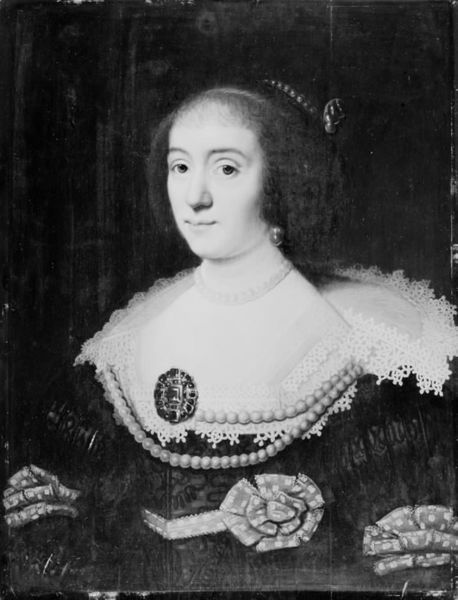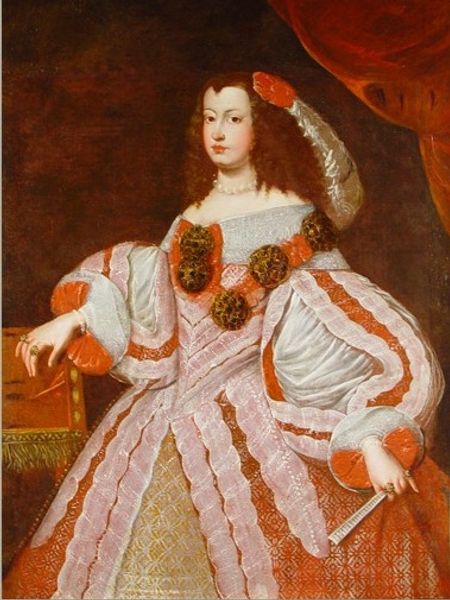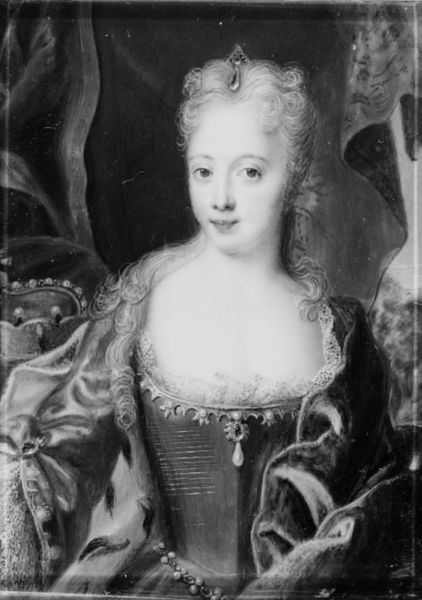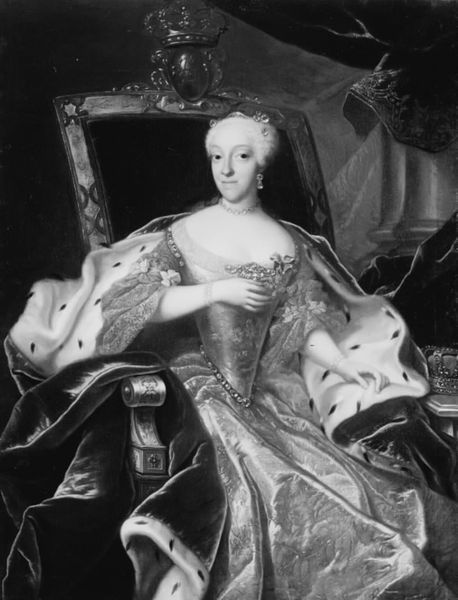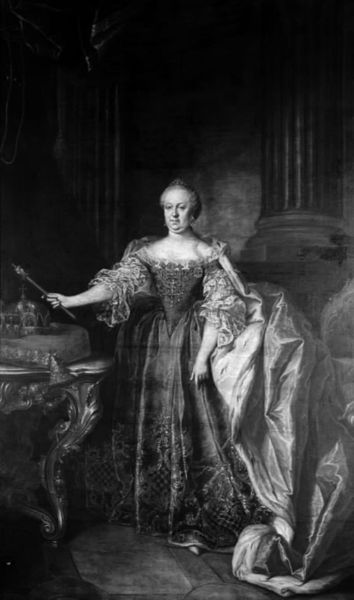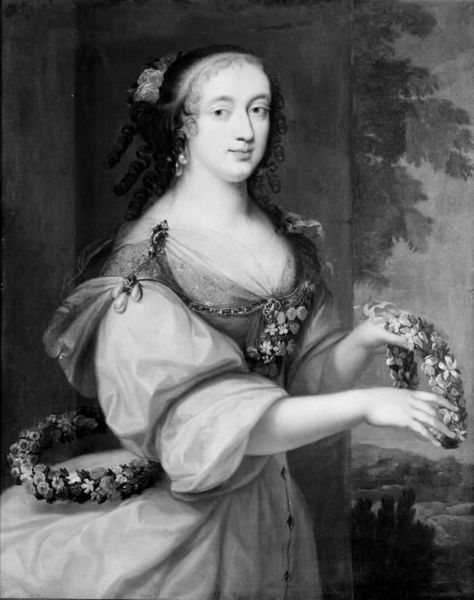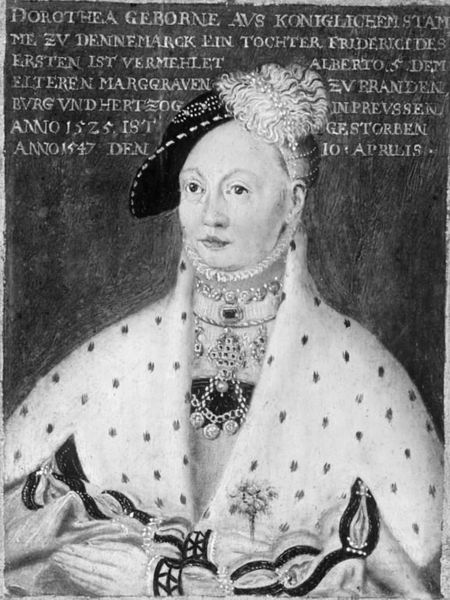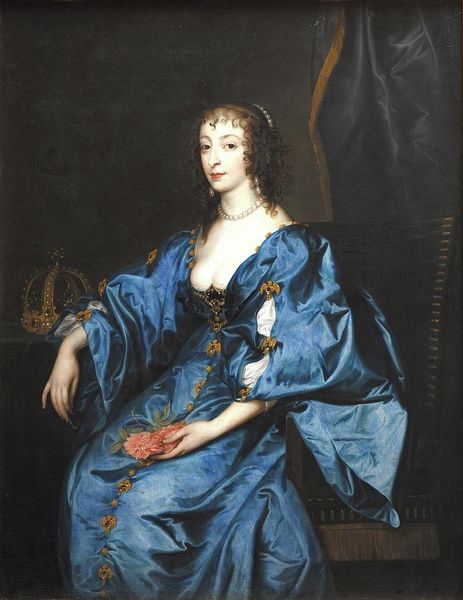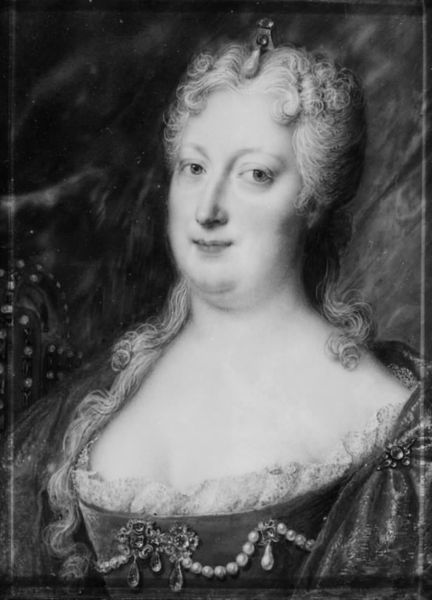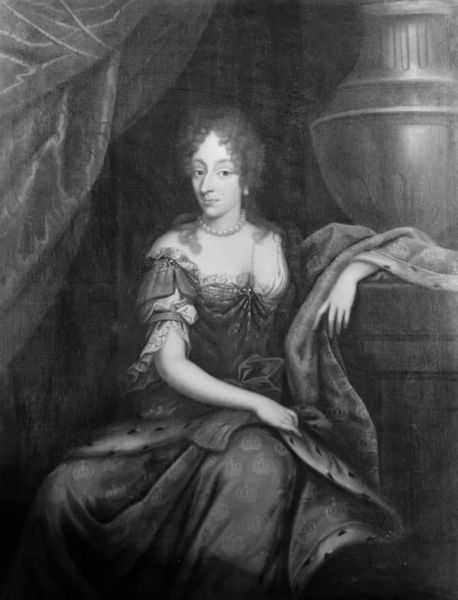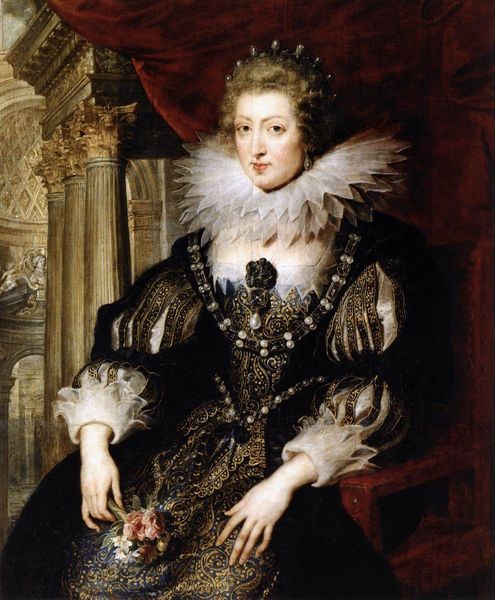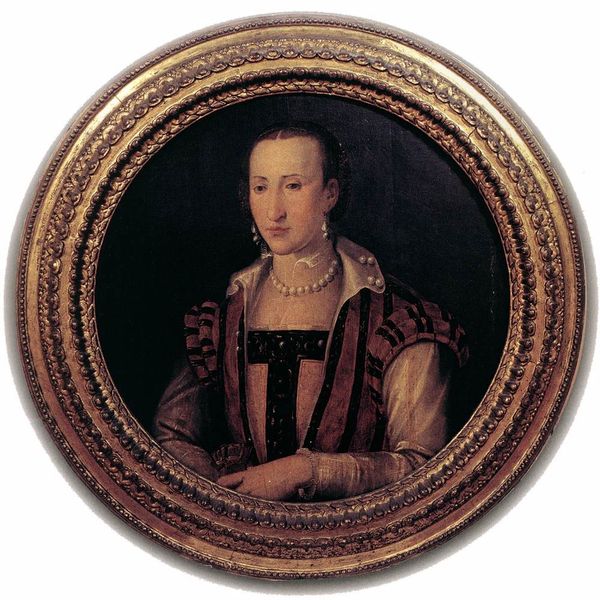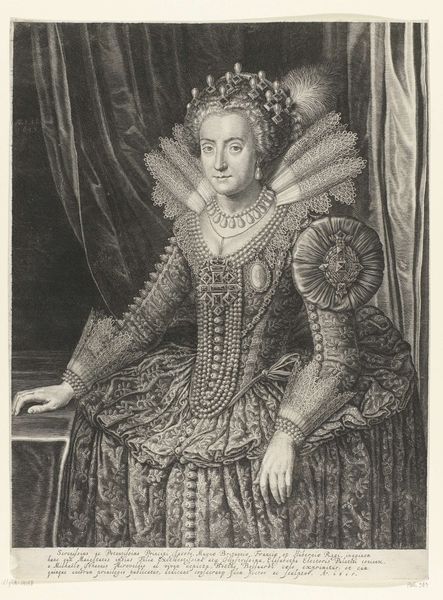
painting, canvas
#
portrait
#
baroque
#
painting
#
canvas
#
black and white
#
history-painting
#
academic-art
#
monochrome
#
monochrome
Dimensions: 131 cm (height) x 98 cm (width) (Netto)
Curator: Looking at this piece, I’m immediately struck by the opulence of the fabrics, even in this monochrome reproduction. The textures of the lace and the heavily brocaded gown must have been incredible. Editor: This is "Queen Marie Thérèse of France," painted sometime between 1638 and 1695 by Pierre Mignard. It resides here at the SMK, and provides a valuable window into the visual culture of the French court and its projection of power. Curator: I’m fascinated by what the textile production and availability meant in that time and social context, considering this portrait in monochrome seems so dependent on these luxury materials that would probably be so very colorful in real life. Think of the skill needed for that level of detailed needlework! It must have employed workshops full of artisans. Editor: Absolutely. The painting and, specifically, portraiture served an important propagandistic function for the monarchy. By controlling the image of the queen and distributing that image, the court asserted its authority and created a public persona for Marie Thérèse that connected her to power and dynastic legitimacy. Consider how portraits like these would have been displayed in royal palaces or even sent as diplomatic gifts. Curator: And think of how much value, in terms of labor hours and rare raw materials, are attached to even just the lace detailing at her cuffs. I can almost feel its weight and texture, the fineness of its weave. Editor: Indeed. This portrait encapsulates both individual power, held by Queen Marie Thérèse, and also reflects institutional power that relies on specific representation in painting that can uphold a strict social code and order, dictated, of course, by those in power. What stories do these pieces really want to tell us? What lies behind the face? Curator: Yes! To think about how something of that scale was conceptualized, constructed and then transported is really remarkable. We can almost track the raw materials and global networks the queen relied on, based on her attire. Editor: Analyzing "Queen Marie Thérèse" has given me a broader view of artistic production in shaping identity and political perception. It is important that we investigate why those representations of power persist to this day. Curator: For me, it really makes you consider not just her presence but the army of unseen artisans behind every visible detail.
Comments
No comments
Be the first to comment and join the conversation on the ultimate creative platform.
